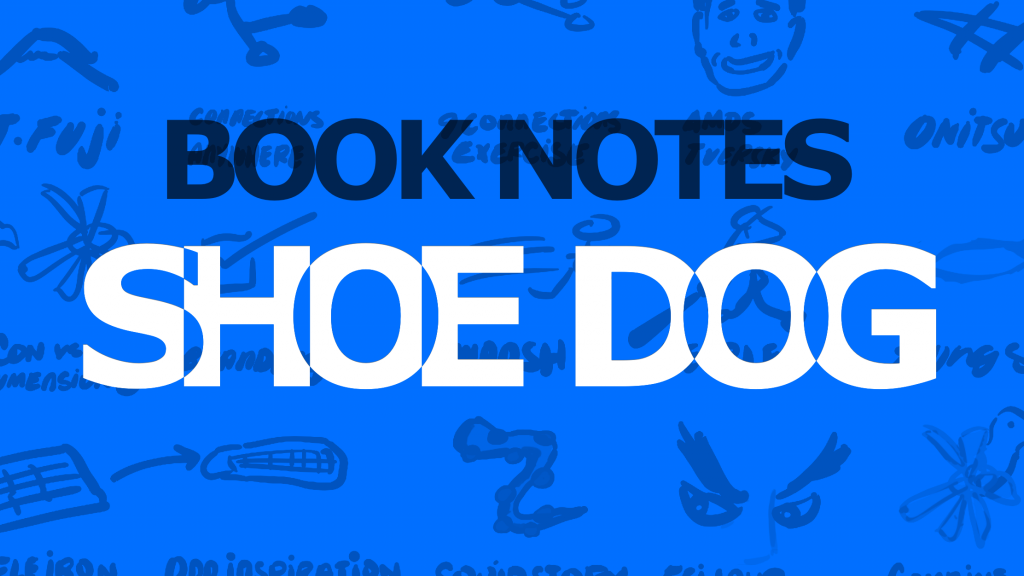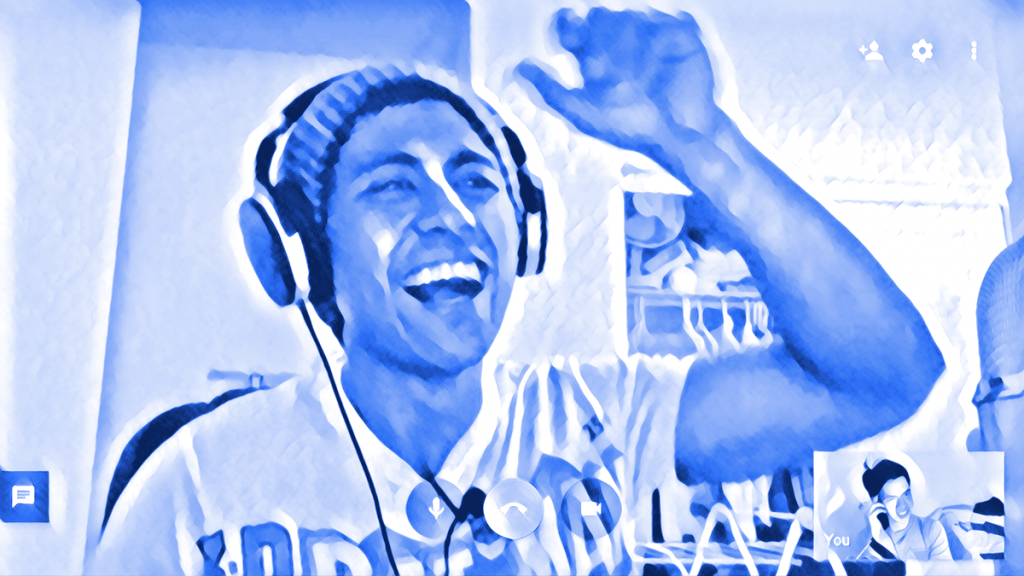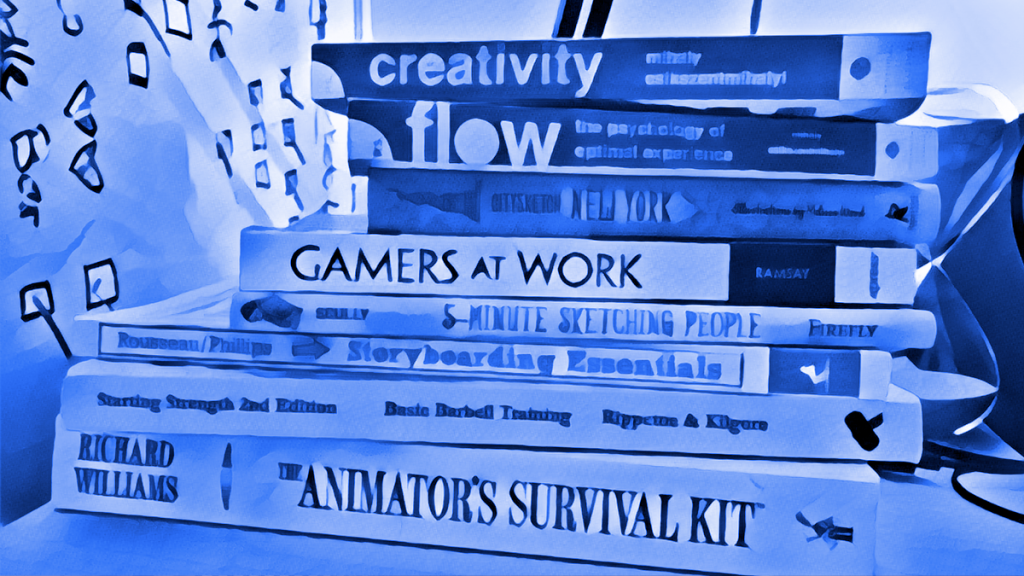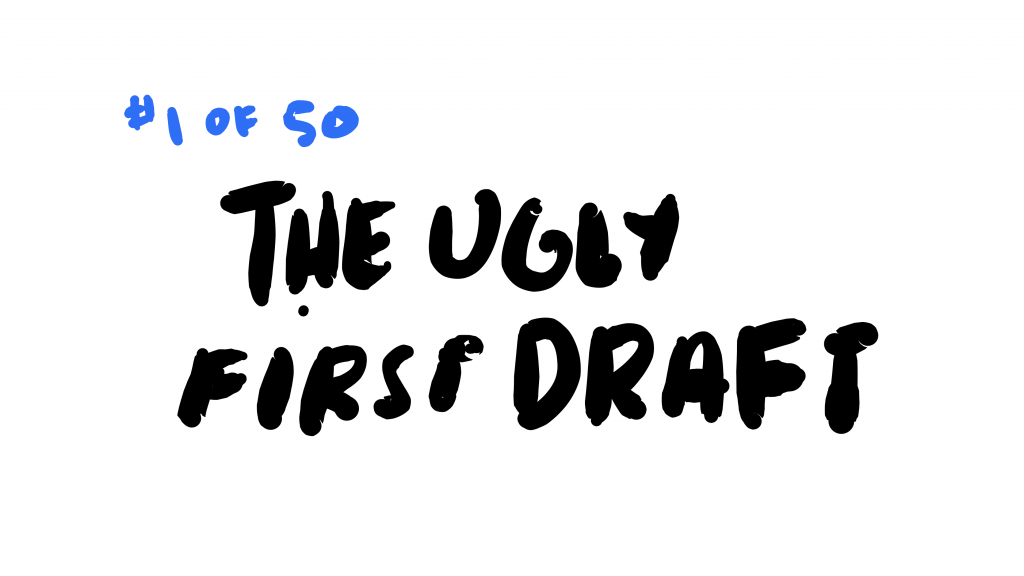I put together some video book notes also. (I’ll try to do more of these!)
Here are some thoughts I jotted down while reading.
Meeting in odd places, old school correspondence
Phil Knight met one of his girlfriends while on Mt. Fuji.
It reminded me of an Aziz Ansari bit where he talks about breakups in the digital age. All you want is to not think about someone. It’d be like being in the 70s and when you broke up someone mailed you a box with every happy photo ever of the two of you.
Instead, Phil Knight slowly stopped receiving letters from her altogether until the breakup one arrived. He sent a letter asking to stay together. Now that’s an odd waiting period. Maybe he got a few envelopes in the middle with giant drawings of three bouncing dots.
Luck is so important
More than once, Nike (or its predecessor Blue Ribbon) is in some kind of sales or legal bind that could end the company. Then they get out of it by someone giving them a chance.
In the NBA draft, team’s pick in an order determined by a draft lottery. This luck (or lack of) is then transferred to the players coming out of college. Some team organizations are known for building up players, others have a reputation for players ending up injured.
Founders at Work has interviews with startup founders and there are plenty of lucky moments for them also. This reminds me of one story of a company where potential acquiring company came by to see the office. Paul Graham in Founders at Work:
When that first giant company wanted to buy us and sent people over to check us out, all we had in our so-called office was one computer. Robert and Trevor mostly worked at home or at school. So we borrowed a few more computers and stuck them on desks, so it would look like there was more going on.
Carpe Diem bands
Remember when yellow carpe diem bands got super popular and everyone was wearing them? Of course not. What about Livestrong bands? “Carpe Diem” was one of the proposed ideas along with Livestrong.
In high school, a lot of my friends wanted baller bands the summer they were released. This was I think a few months or a year before the Livestrong version. Ordering things online was still a little odd. Whenever a friend went on a summer trip to another city they’d keep an eye out for stores that had them to bring back a few packs.
Phil Knight preferred the name “Dimension Six” for the shoe brand. And it wasn’t “Dimension Six” vs. “Nike”. They were deciding between “Dimension Six” and “Falcon”. “Nike” came to one of them in a dream. Phil Knight didn’t like “Falcon”. Nobody else liked “Dimension Six”. Knight knew that brand names should be one or two syllables, so “Dimension Six” probably wouldn’t cut it. Nike it is.
















